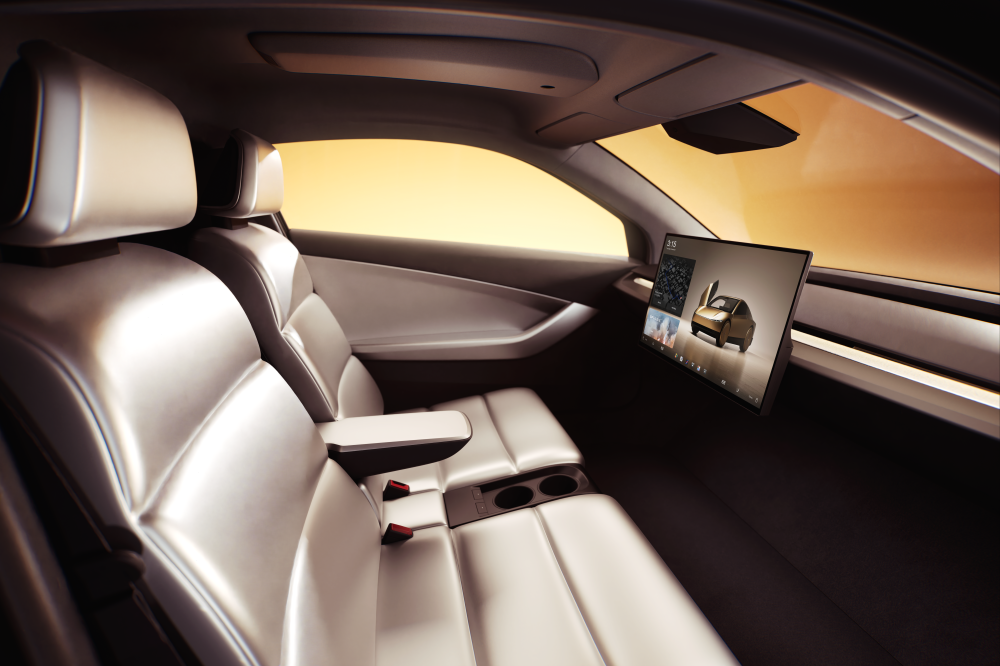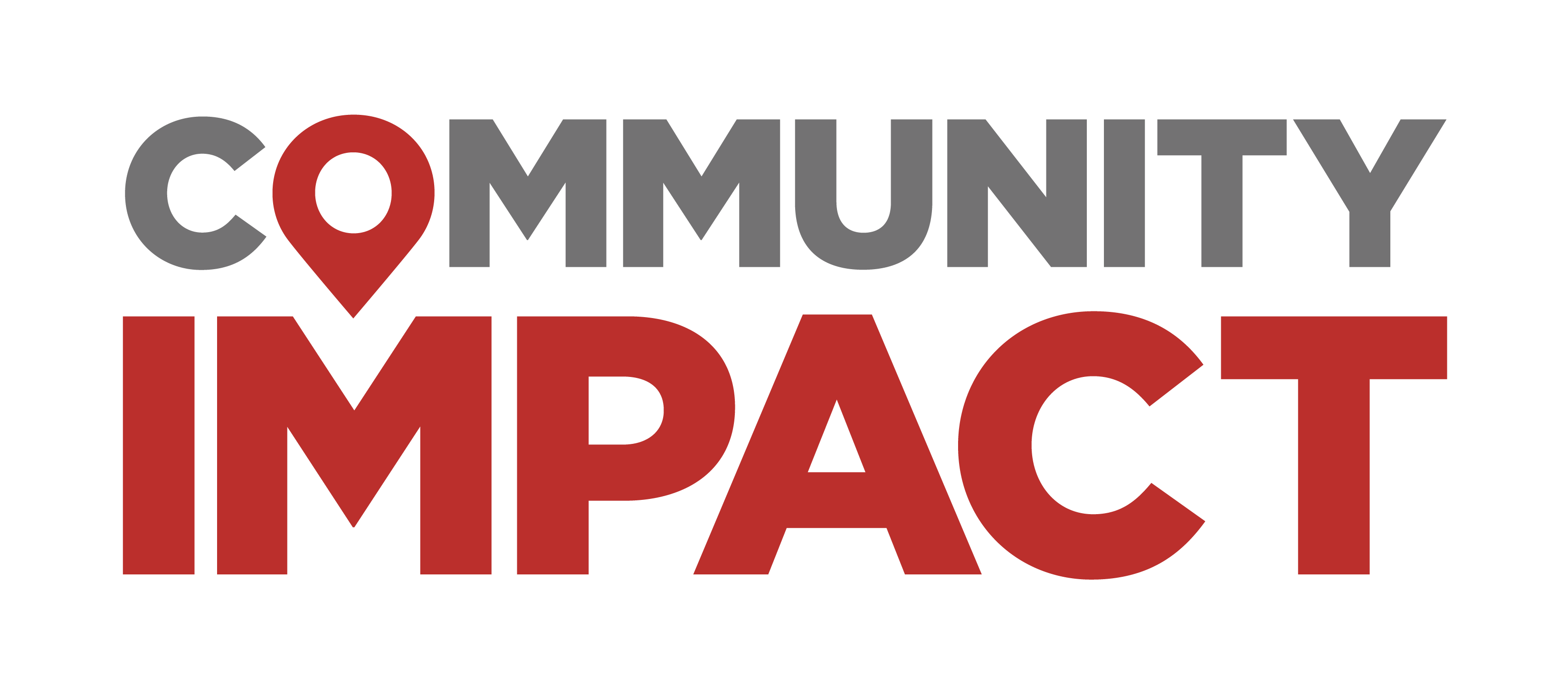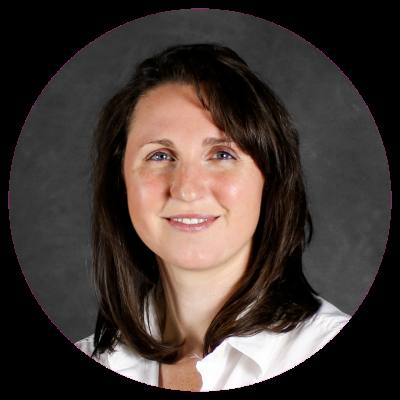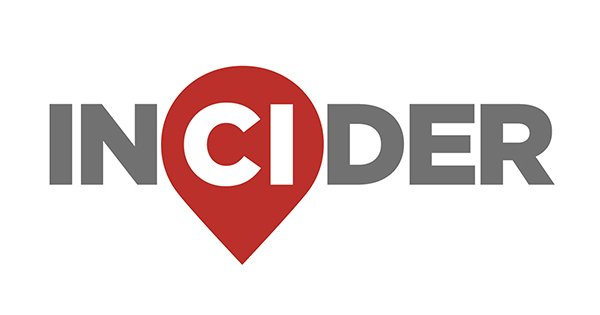“Teslas will be in the wild,” Musk said during the call Jan. 29.
The car and technology company will soon compete with the hoard of autonomous vehicle companies now roaming the Austin streets, such as Waymo. The Google-owned company began offering its driverless robotaxi services via the Uber ride-hailing app this year.
The gist
This move marks a significant step in Tesla's broader vision for autonomous technology, extending beyond passenger transport. Musk said he envisions autonomous vehicles not only delivering people, but delivering goods and cargo.
“I think this is the largest asset value increase in human history,” Musk said.
The company has already begun testing its fully self-driving cars at the company’s California factory.
The recently assembled cars are autonomously positioning themselves in the correct spot and lane for delivery vehicles to pick up and transport to customers, Musk said, adding that they are doing this "reliably" thousands of times a day.
Put in perspective
Amid a series of complaints and concerns surrounding autonomous vehicles both locally and nationally, Tesla itself faces a federal investigation assessing the safety of the company's autopilot system and its Full Self-Driving, or FSD, software after several reported fatal collisions.

In one of the crashes, the Tesla vehicle fatally struck a pedestrian, the NHTSA stated in its preliminary evaluation—the first step before the agency can recall vehicles if it determines they present an unreasonable safety risk.
With a “toe in the water” approach, Musk said the company will roll out its robotaxis services slowly to ensure safety.
“Safety of the general public and those in the car is our top priority,” Musk said.
Tesla’s fourth quarter vehicle safety report shows continued year-over-year improvement, Musk told stakeholders. The safety numbers are much higher for somebody using an unsupervised full self-driving car, he said.
Some context
Tesla will join the slew of autonomous car companies operating in the Austin area currently.
A change in the Texas Transportation Code shifted autonomous vehicle oversight to the state, limiting Austin’s authority to regulate incoming autonomous companies.
Waymo, which already offers fully autonomous ride-hailing services in San Francisco, Los Angeles and Phoenix, announced Austin for its most recent market to launch in March 2024.
Zoox, a subsidiary of Amazon, and General Motors’ Cruise also began testing within the city in recent years. Cruise paused all operations in October, however, following a decision by the California Department of Motor Vehicles to suspend Cruise’s deployment and driverless testing permits.
More information on the city’s policies and regulation of driverless vehicles can be found here.
One more thing
In the same quarterly report, Musk outlined a 2025 goal to build several thousand artificial intelligence-powered humanoid robots, known as the Optimus.
He said the humanoids will be used to perform tasks initially within the Tesla factory, but that the development of Optimus promises “the highest level of precision ever achieved.”
The robot’s hand will be capable of playing the piano and even threading a needle.





